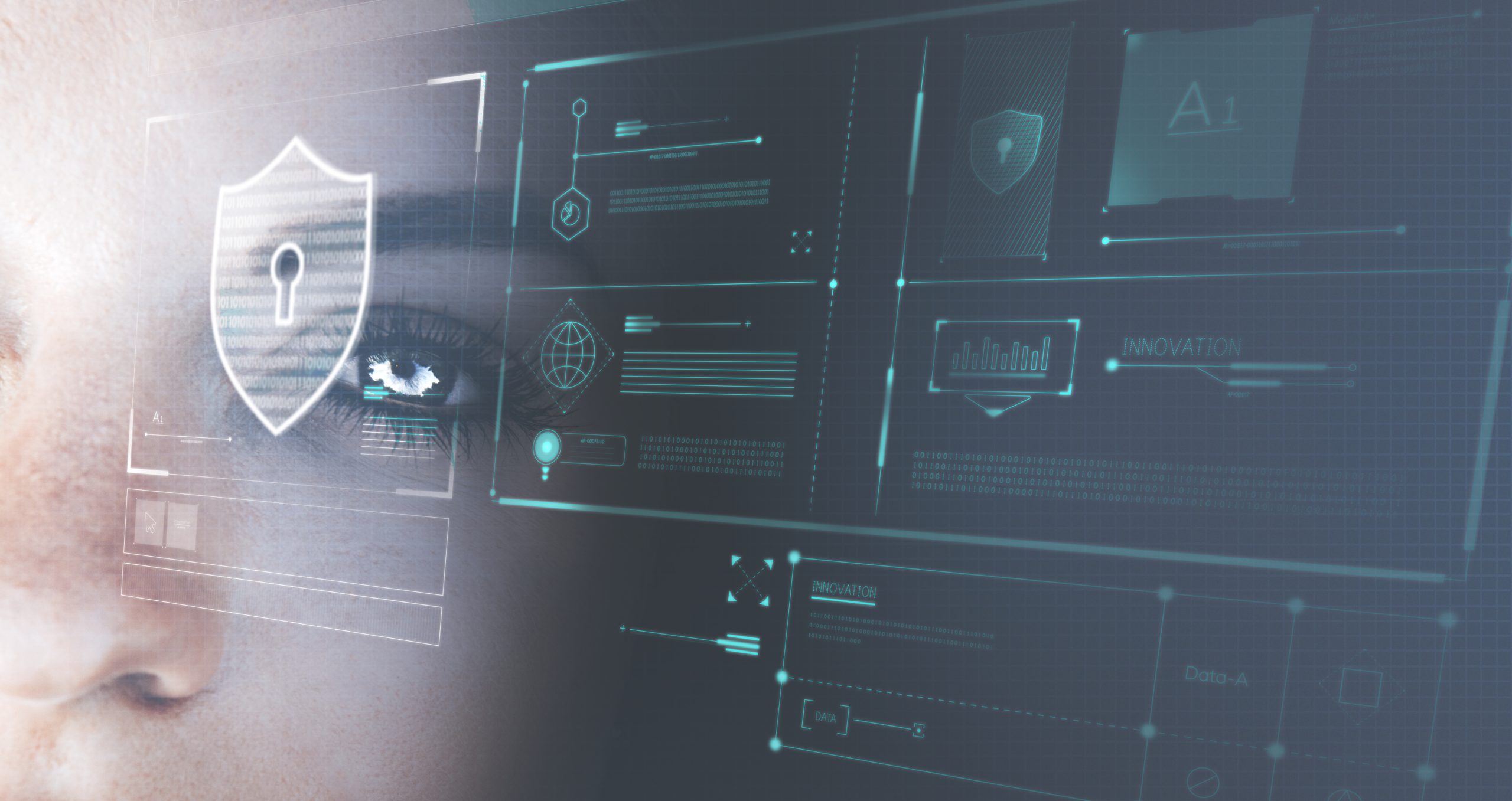The human factor in cybersecurity
Cybersecurity programs concentrate on technologies, often missing the heavy portion of risk that could be generated by employees.
Cyber-priorities grow fast in a world where we depend on information, communication and especially on digital security. Needs seem to outpace budgets, and the idea that technologies will solve threat issues often leads to underinvestment in fighting insider risk elements. The problem is not completely understood resulting in a mindset that solutions seem less tangible than in other cyber crises. How much risk does the human factor represent?
Insider threat caused by a company’s own employees is one of the largest and currently unsolved issues in cybersecurity. In most cases, companies show awareness of the problem, but they rarely dedicate the resources required to solve it. Most prevention programs tend to fail mostly because they focus exclusively on monitoring behavior, instead of qualitative tutoring where both cultural and privacy norms are included.
Technologies – are they blunt instruments?
Technologies protect our digital environment. They are complex, sensitive, and if used correctly also reliable. So no, technologies are not simply blunt instruments, on the contrary, they remain the main focus for the majority of organizations. Nevertheless, if the human factor is neglected, technologies can transform into incapable tools. Generally, the three main pillars to maintain stable cybersecurity recognition are adequate policies, suitable technologies, and personnel training.
Before going any further, there is an important insight to be underlined, malicious insiders usually don’t intend to harm the organization. Often, their actions are caused by a lack of information and a proper understanding of the risks. However, let’s not forget that in some cases inside attackers have suspicious intentions. Understanding motives can help companies shape their mitigation strategy.
Insider threat bottoms in the lack of knowledge regarding existing policies and basic understanding of cybersecurity principles. In addition to being frequent, these internal threats usually cause substantial damage.
Implementing in-depth work culture change backed up by adequate training and policies are proven to be functional solutions. Resolving the issue that way may yield more accurate results and can help companies navigate assets’ security while respecting employees’ rights.
Smart educational pillars
As mentioned, internal training and policies are a crucial part of threat resilience. Cybersecurity teams use different approaches to gain more sustainable resilience results. To us, the backbone of functional solutions is:
- Raise awareness of the seriousness and potential outcome if the policy fails to be followed.
- Microsegmentation identifying “critical spots” of risk leading to a targeted approach to threat monitoring and mitigation.
- Culture change makes malicious, or negligent risk events less likely. Critical insight is that generations differ when it comes to risky behavior. Younger people entering the labor market tend to require more freedom when it comes to location which accumulates further cybersecurity risks.
- Prediction allows an organization to identify insider activities earlier in the threat life cycle.
Cybersecurity is largely dependent on how employees treat ongoing threats. Building sustainable awareness of digital resilience not only is the right thing to do but it might be seen as the key to a future-secured organizational environment.
The symbiosis between technologies, policies and training builds a substantial cybersecurity fundament suited for any organization.
Author: Telelink Business Services Marketing and Communication Department



